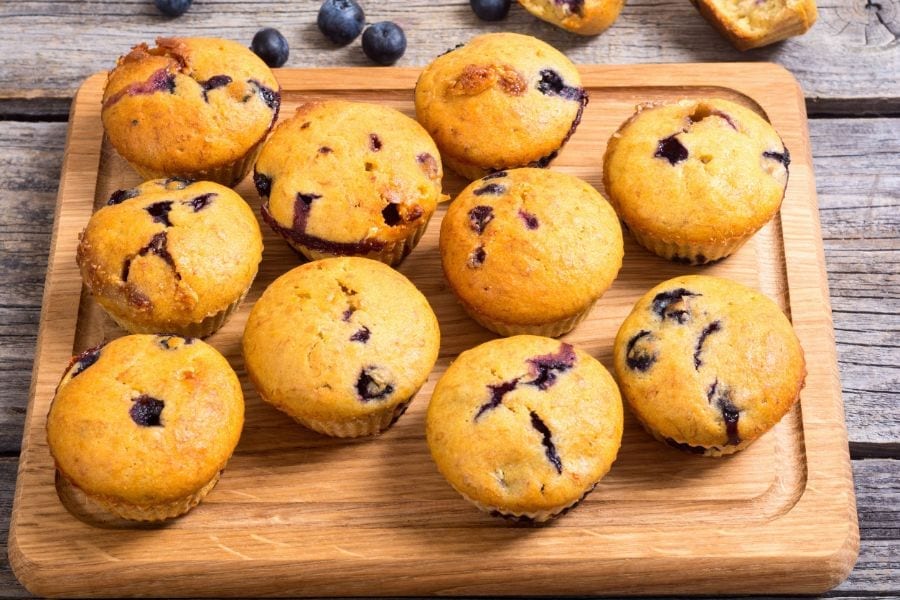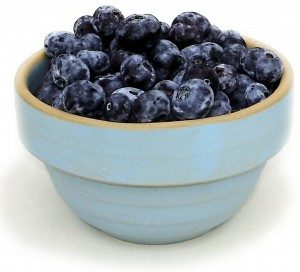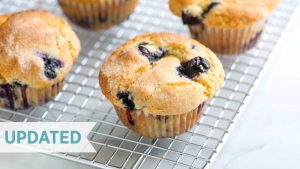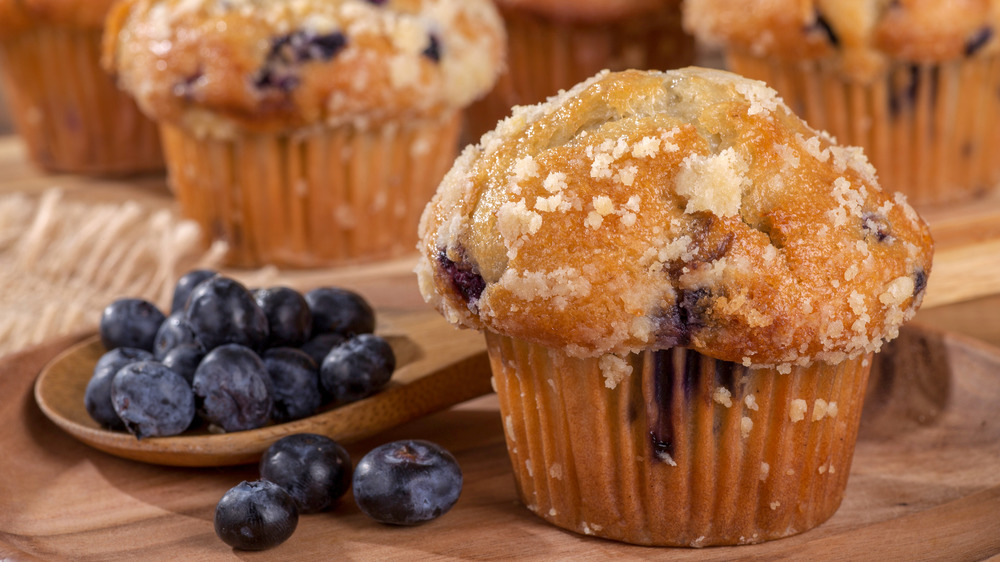Simple Tips to Keep Blueberries From Sinking in Your Muffins
This post may contain affiliate links. If you click one of these links and make a purchase, I may earn a commission at no additional cost to you. In addition, as an Amazon Associate I earn from qualifying purchases.
When people are asked whether they prefer muffins or cupcakes, the answers can often be incredibly divided. Cupcakes are the sweeter, frosted alternative to muffins, although muffins can provide a light and nutritious snack or breakfast for when you are on the go.
There are hundreds of different ways that people can customize both cupcakes and muffins to their liking.
For cupcakes, most people will customize the cake flavoring and the icing on top of the cupcake. However, muffins are traditionally either vanilla or chocolate and they do not have any frosting on top to customize them with, so how would you make your muffins different from the rest of the crowd?
The answer is with fruits, nuts, and other toppings.
Because muffins are typically an on-the-go snack or a minor addition to breakfast and lunch, people often try to make their muffins somewhat healthy. This includes adding nuts to the muffin or fruit, or even both if you want to be particularly ambitious.
Out of all the different fruits and nuts that people add to their muffins, there is nothing that is quite as much of a classic as a good blueberry muffin.
With that being said, as convenient as it can be to buy a package of muffins at your local grocery store, most people enjoy being able to make their own muffins at home.
After all, you can control what ingredients go into the muffins when you are baking them yourself. The problem with this comes in when you want to add fruit to your muffins.
Compared to the rest of the batter, blueberries are dense and heavy. By the laws of nature, this means that they commonly sink down into the batter and in the muffin tin, this means that all of your delicious blueberries are going to be at the bottom. Nobody wants to have all of the fruit at the bottom of their muffin.
So how do you go about making sure that the blueberries don’t sink into the muffins when you are baking them?
Thankfully, the answer is pretty easy to work around.
Making Sure the Blueberries Don’t Sink
When you are ready to add the blueberries to your muffins, the only thing that you will really have to do is add a coating of flour to the blueberries. That’s it. Doing this helps to take out some of the liquid in the fruit, making it lighter, and meaning that the density of the fruit won’t cause it to sink into the muffin batter as much.
Typically, you will want to have a tablespoon of flour at the ready to coat your blueberries with. If the blueberries are especially large or you are adding a considerable amount of them to your dish, you may want to increase the amount of flour to two tablespoons.
From here, you will just need to make sure that the blueberries are completely coated in a fine dusting of flour and you will be ready to stick the batter into the oven.
If the batter for your muffins is especially thin, it is even more important that you do this. With thicker batter, the thickness of the batter helps to cradle the blueberries a little bit before they completely sink into the mix, meaning that you can sometimes get away with not adding the flour to the berries.
Thin batter doesn’t have this property to it, meaning that it is a must to add the flour if you want blueberries throughout the whole muffin and not just at the bottom.
Another thing that you can do to make sure that there are at least some blueberries at the top of the muffin is, right before you put the muffin tray into the oven, you will want to add some blueberries to the tops of all the muffins.
For thin batter, this will not work as well, but for thicker batters, you can generally assume that at least some of the blueberries will stick at the top. Of course, you can make sure that method works even better by adding a dusting of flour to them before you do this.
The good news is that this method works for most add-ins for muffins and some other baked goods as well. This means if you want to add other fruits, nuts, and even chocolate chips to your muffins, all you will have to do is make sure that they have a fine coat of flour on them so that they won’t all fall to the bottom of the tin.
Changing the Recipe to Accommodate Add-Ins
When you want to add something new to your recipe, you are always going to want to accommodate for it and how it may change the recipe. This applies to adding fruits and nuts of any sort to your muffins.
Because you will be using flour to make sure that the add-ins stay in place, you will want to take out a tablespoon (or two) of flour from the rest of the muffin mix to make sure that everything stays the same.
While too much flour is rarely an issue, especially if it is only one tablespoon’s worth of flour, it is important to consider when you are working with something as small as a muffin. Nobody wants to put the work into a dish only to realize that it didn’t turn out the way you wanted it to because you added too much flour.
The flour that coats the blueberries will still get absorbed into the mix, meaning that in a sense, you are still using the flour that is on the blueberries for the mix, just in a different way.
By making sure you add a little bit less flour to the overall mix (before you add the blueberries or other add-ins), you can be absolutely certain that you won’t have too much of an ingredient when the muffin tray goes into the oven.
Before you know it, your muffins will come out of the oven with blueberries scattered all throughout the muffin, rather than just being at the top of it.
This means that each bite of the muffin will have a little bit of that fruity flavor that makes muffins so popular as a snack, rather than being disappointed with the bottom of the muffin being blueberry-dense while the top is blueberry-free.
Sarah is the founder of Baking Kneads, LLC, a blog sharing guides, tips, and recipes for those learning how to bake. Growing up as the daughter of a baker, she spent much of her childhood learning the basics in a local bakery.
Read more:






